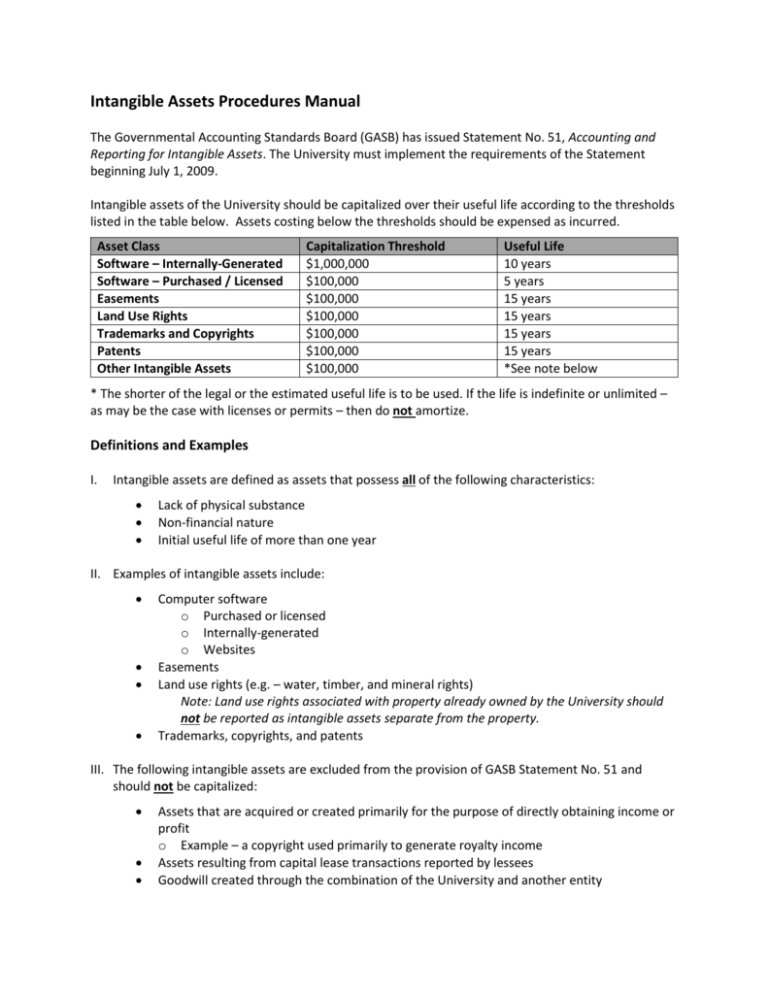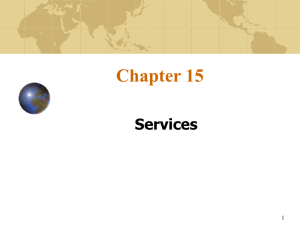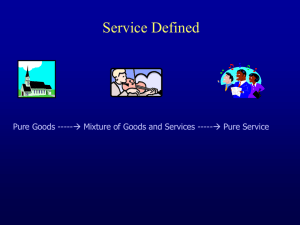Intangible Assets Procedures Manual
advertisement

Intangible Assets Procedures Manual The Governmental Accounting Standards Board (GASB) has issued Statement No. 51, Accounting and Reporting for Intangible Assets. The University must implement the requirements of the Statement beginning July 1, 2009. Intangible assets of the University should be capitalized over their useful life according to the thresholds listed in the table below. Assets costing below the thresholds should be expensed as incurred. Asset Class Software – Internally-Generated Software – Purchased / Licensed Easements Land Use Rights Trademarks and Copyrights Patents Other Intangible Assets Capitalization Threshold $1,000,000 $100,000 $100,000 $100,000 $100,000 $100,000 $100,000 Useful Life 10 years 5 years 15 years 15 years 15 years 15 years *See note below * The shorter of the legal or the estimated useful life is to be used. If the life is indefinite or unlimited – as may be the case with licenses or permits – then do not amortize. Definitions and Examples I. Intangible assets are defined as assets that possess all of the following characteristics: Lack of physical substance Non-financial nature Initial useful life of more than one year II. Examples of intangible assets include: Computer software o Purchased or licensed o Internally-generated o Websites Easements Land use rights (e.g. – water, timber, and mineral rights) Note: Land use rights associated with property already owned by the University should not be reported as intangible assets separate from the property. Trademarks, copyrights, and patents III. The following intangible assets are excluded from the provision of GASB Statement No. 51 and should not be capitalized: Assets that are acquired or created primarily for the purpose of directly obtaining income or profit o Example – a copyright used primarily to generate royalty income Assets resulting from capital lease transactions reported by lessees Goodwill created through the combination of the University and another entity Inventory Financial Services is required to identify, assign an inventory control number, and maintain inventory records on all intangible assets covered by the Intangible Assets Policy. A physical inventory of intangible assets is not required; however, departments must notify Financial Services upon the receipt, disposition, or obsolescence of any intangible asset. All intangible assets will be reviewed annually by a designated accountant in Financial Services to verify existence and test for impairment. Disposal of Intangible Assets All University Intangible Assets are to be disposed of through the Financial Services office. To dispose of unwanted or impaired intangible assets, a Declaration of Surplus Property Form must be filled out and submitted to Financial Services. The inventory number must be listed on the form. Internally-Generated Intangible Assets Intangible assets are considered internally-generated if they are created or produced by the University, or if they are acquired form a third party but require more than minimal incremental effort on the part of the University to begin to achieve their expected level of service capacity. Examples of internallygenerated intangible assets include patents, trademarks, and computer software. Internally-Generated Computer Software Computer software is considered internally-generated if it is developed in-house by University employees or by a third-party contractor on behalf of the University. Commercially available software purchased or licensed by the University and modified using more than minimal incremental effort before being put into operation should also be considered internally-generated for the purposes of GASB Statement No. 51. For example, licensed financial accounting software that the University modifies to add special reporting capabilities would be considered internally-generated. For commercially available software that will be modified to the point that it is considered internallygenerated, the two conditions above generally could be considered to have occurred upon the University’s commitment to purchase or license the computer software. Capitalization of such outlays should cease once the software is substantially complete and operational (i.e., ready for use). When an internally-generated computer project spans more than one year, the total application development costs of the project should be considered when applying the capitalization threshold, not the outlays incurred in individual years (Note: A project would include a modification to existing software). If the University acquires a site license to install software on multiple computers it should apply the capitalization threshold on a per unit basis (i.e., cost of the site license divided by the number of authorized users).







